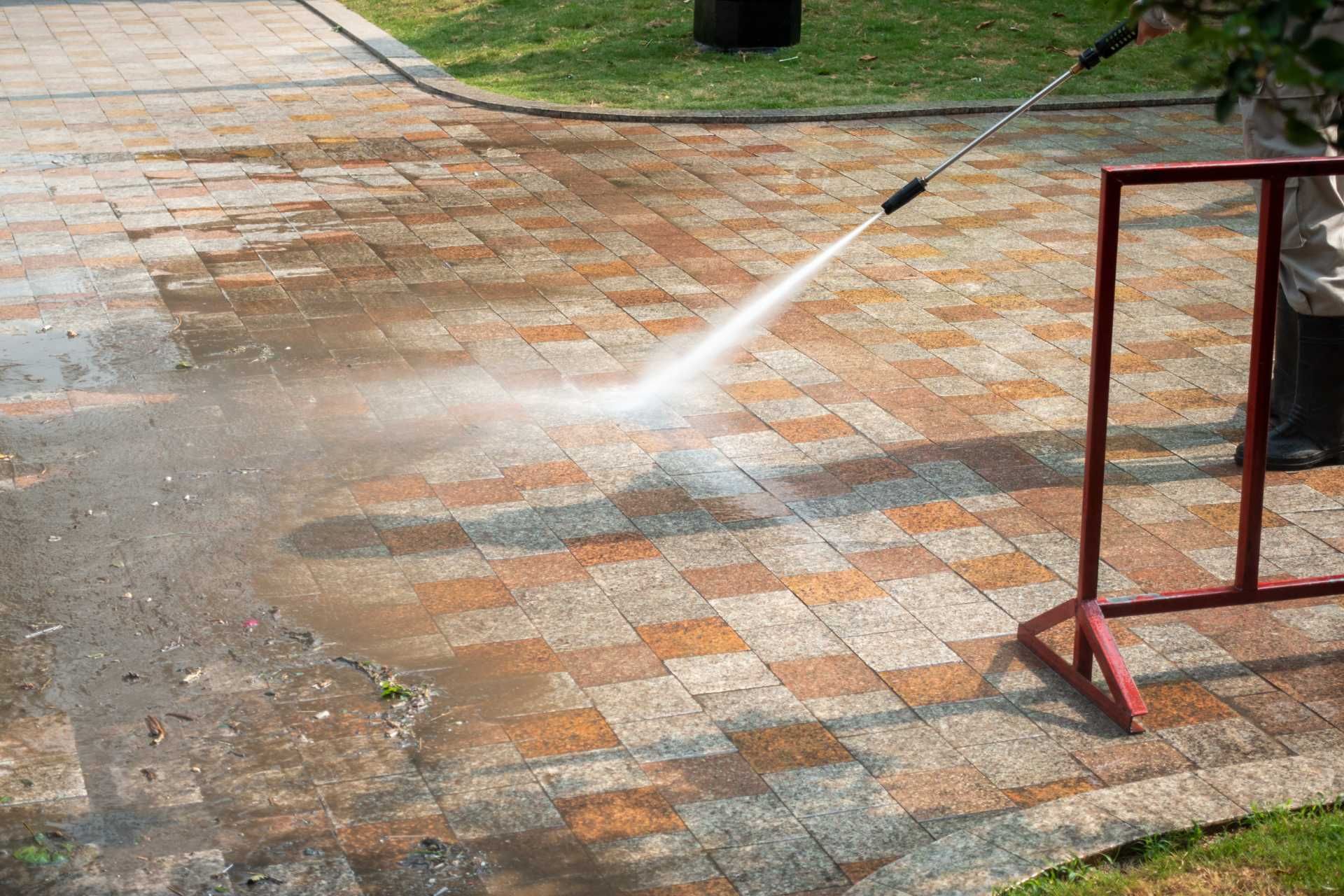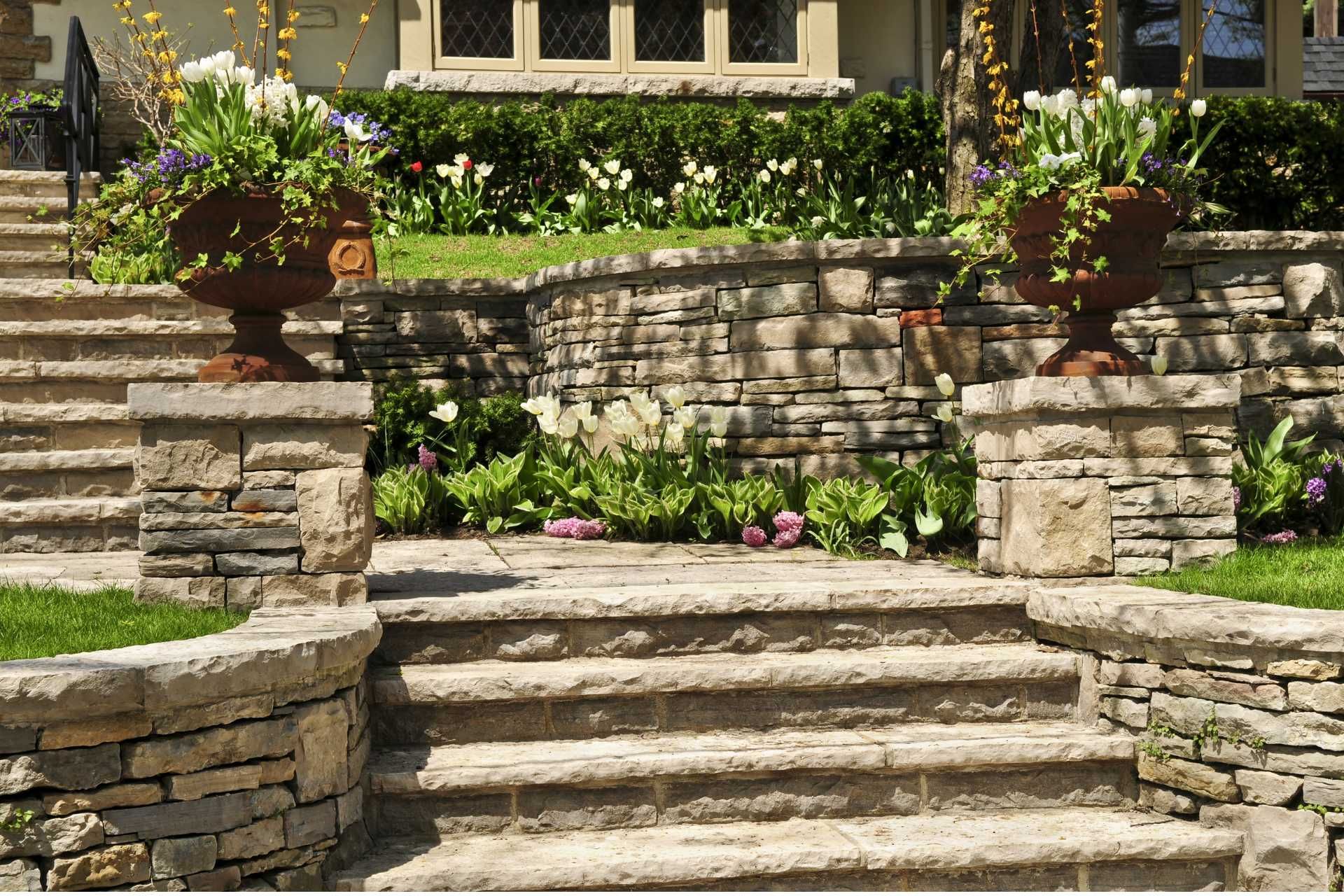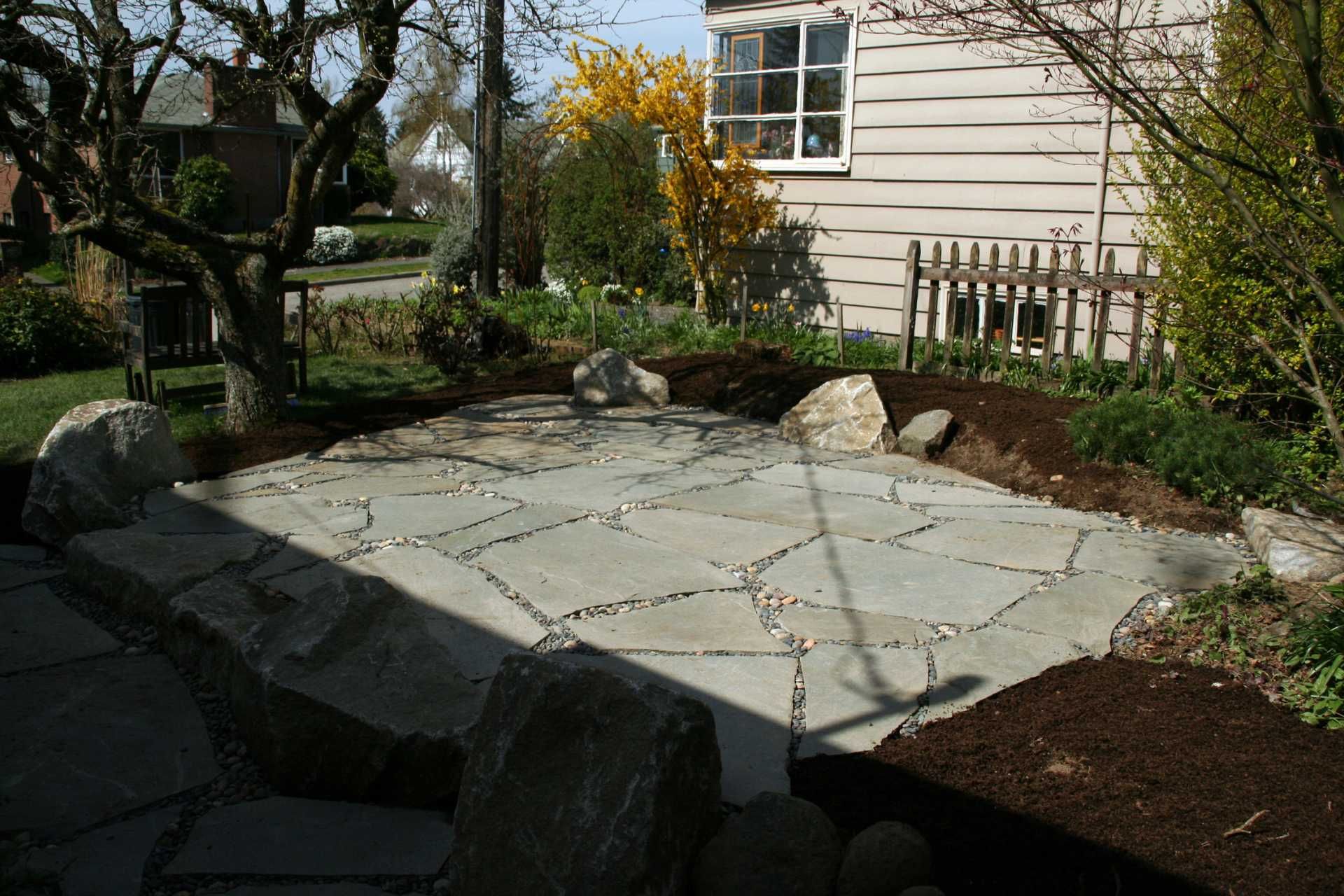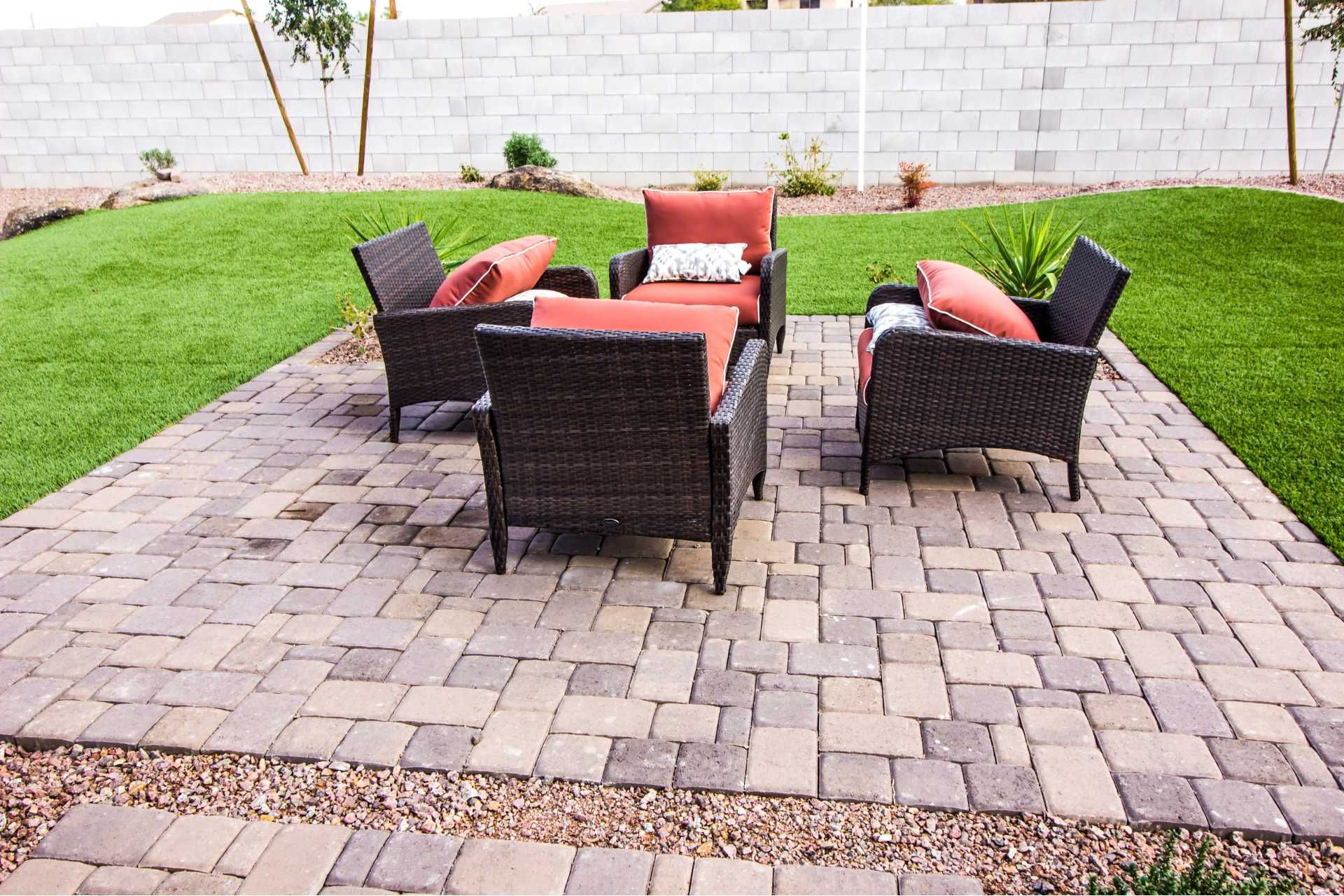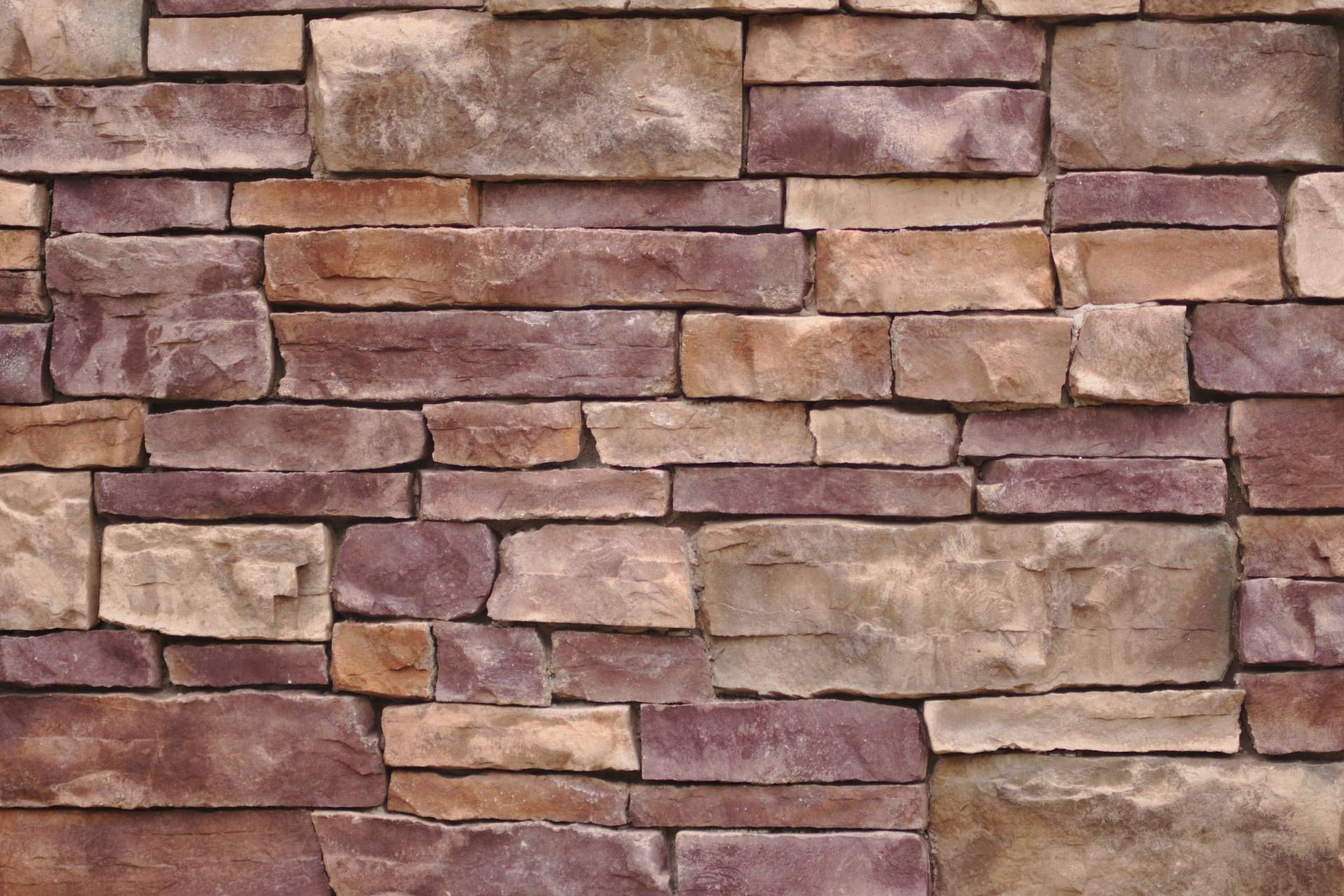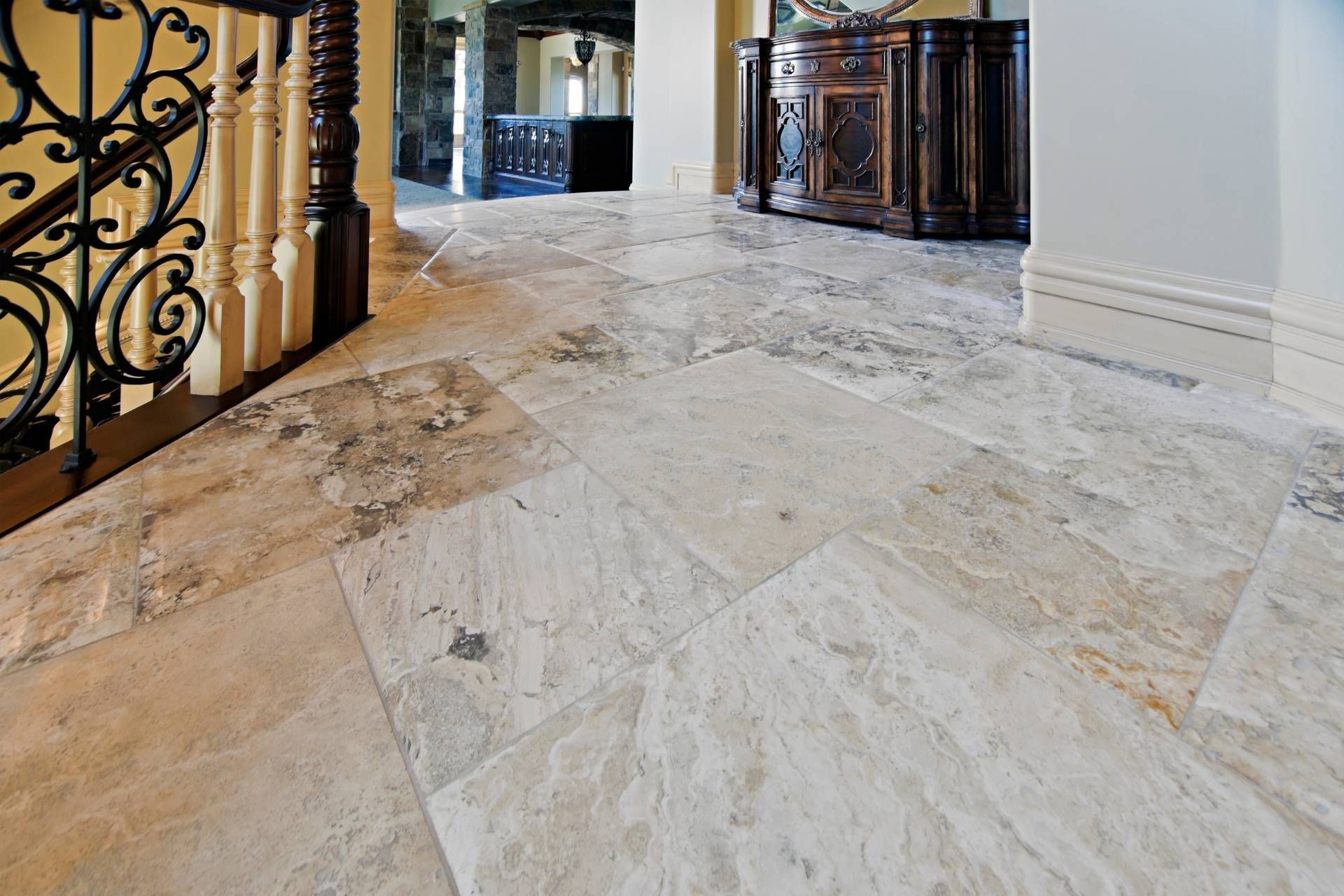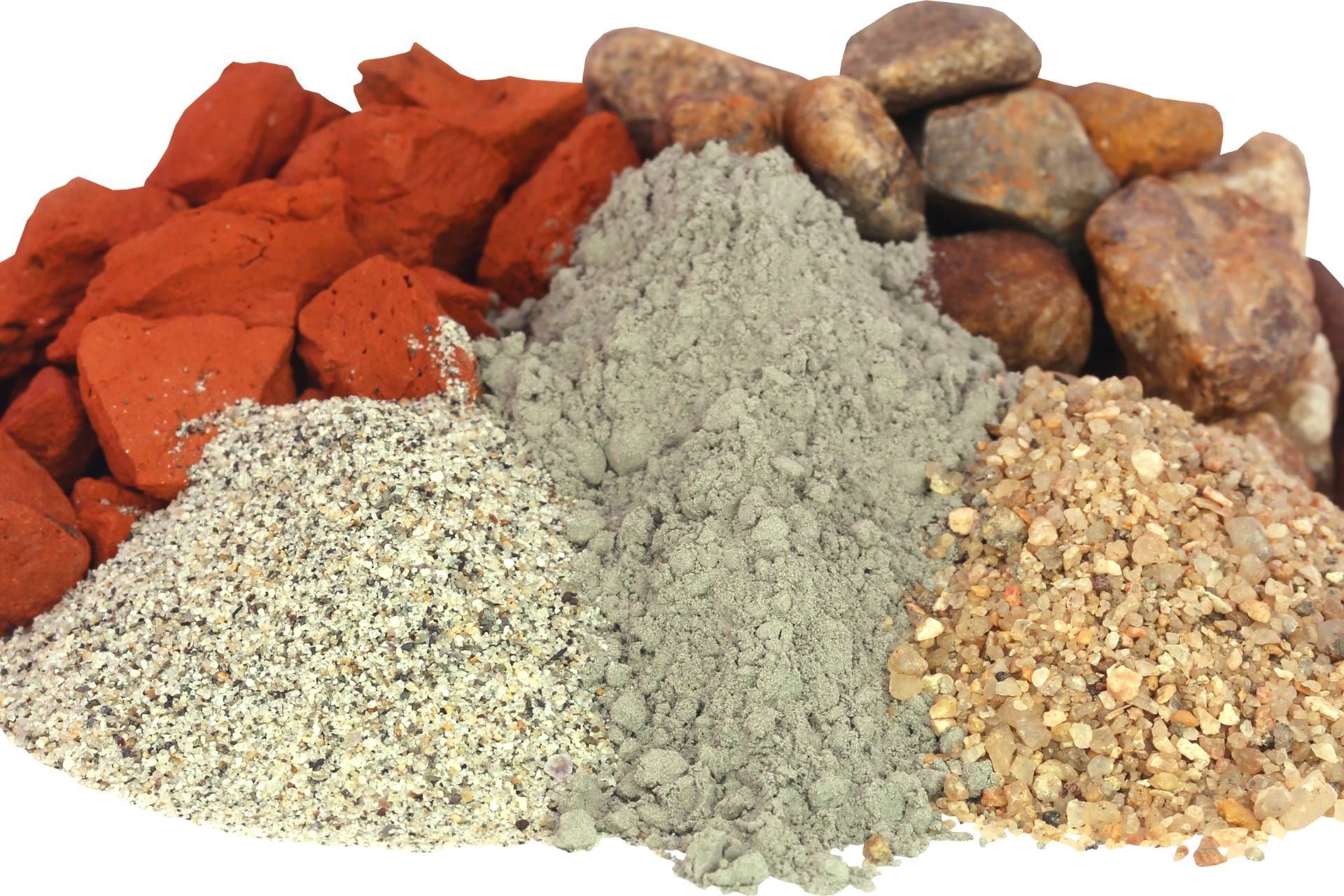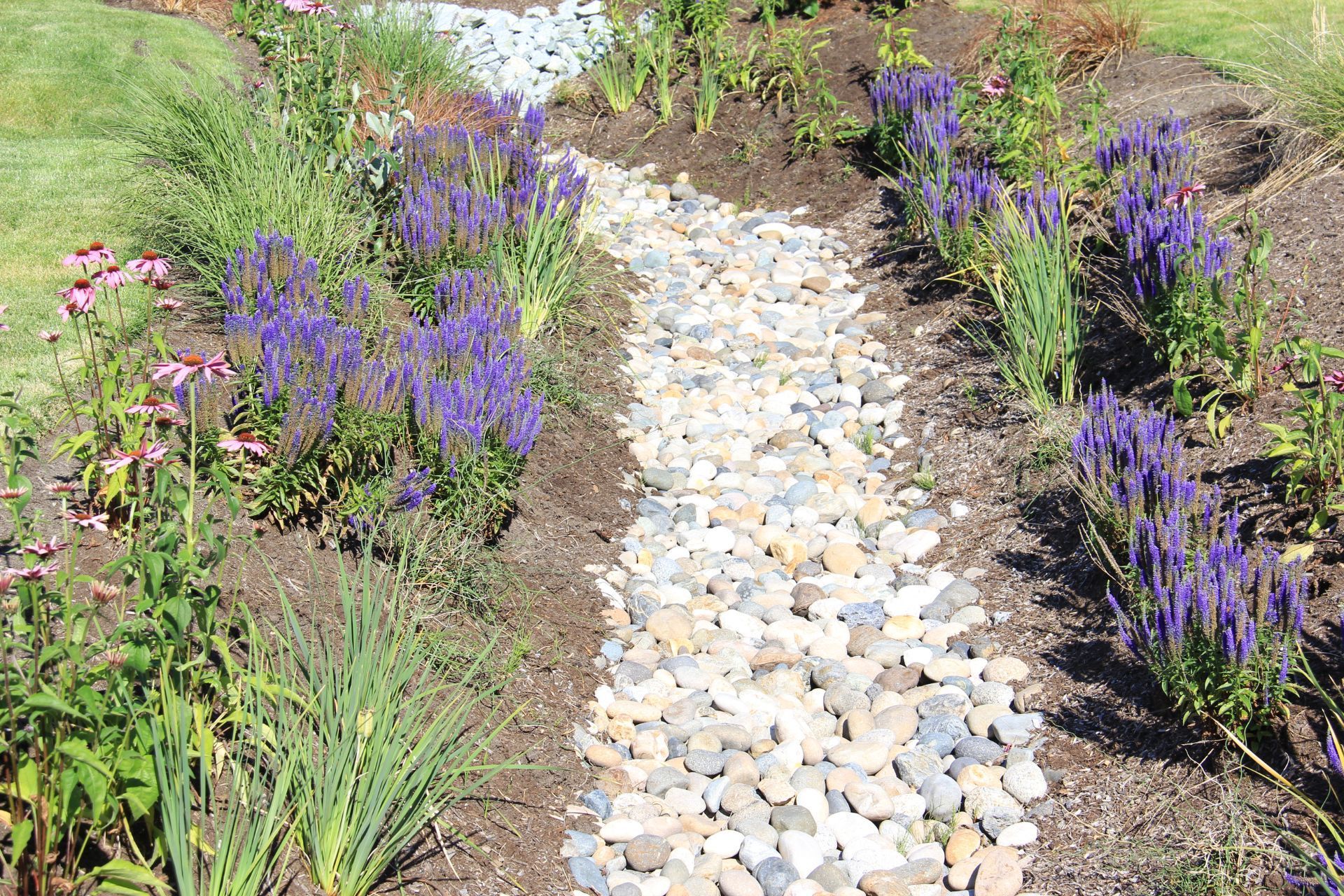What's the Difference Between Stoneware and Porcelain
When it comes to dinnerware and kitchenware, two popular materials that often get confused are stoneware and porcelain.
Stoneware and porcelain are both types of ceramic materials that are commonly used in the production of pottery and dinnerware. While they may look similar, there are key differences between the two that can affect their performance and durability.
Let's take a closer look at what sets stoneware and porcelain apart.
What is Stoneware
Stoneware is a type of ceramic fired at high temperatures (usually between 2,100 and 2,300 degrees Fahrenheit) to create a dense, durable material that is ideal for both functional and decorative pieces. Unlike earthenware, which is fired at lower temperatures and is more porous, stoneware is non-porous, making it perfect for holding liquids and food without absorbing flavors or odors.
Advantages of Stoneware
Durability
Stoneware is known for its durability and strength. Unlike other types of dinnerware, stoneware is less likely to chip or break, making it perfect for everyday use. This means you can use your stoneware dishes for years to come without having to worry about them getting damaged.
Heat retention
Stoneware is excellent at retaining heat, making it perfect for keeping your food warm for longer periods of time. This is especially useful when serving dishes that need to stay hot while dining, such as casseroles or soups.
Versatility
Stoneware is versatile and can be used for a variety of purposes. You can use stoneware dishes in the oven, microwave, and dishwasher, making them a practical choice for busy households. Additionally, stoneware comes in a wide range of designs and colors, so you can easily find pieces that match your personal style.
Easy to clean
Stoneware is non-porous, which means it is resistant to stains and odors. This makes cleaning your stoneware dishes a breeze, as you can simply wipe them down with a damp cloth or wash them in the dishwasher.
Affordable
While stoneware may be more expensive than other types of dinnerware, it is a worthwhile investment due to its durability and longevity. You will save money in the long run by not having to replace your dishes as often as you would with cheaper alternatives.
Uses of Stoneware
One of the most common uses of stoneware is for dinnerware and kitchenware. Stoneware plates, bowls, and mugs are popular choices for many households due to their durability and versatility. Stoneware is oven-safe, microwave-safe, and dishwasher-safe, making it a convenient option for everyday use. Many people also enjoy the rustic and earthy look of stoneware, adding a touch of warmth and character to their dining table.
In addition to dinnerware, stoneware is also used to create decorative items for the home. Vases, planters, and candle holders made from stoneware can add a stylish and organic touch to any room. The unique textures and colors of stoneware make it a popular choice for those looking to add a touch of natural beauty to their living space.
Another common use of stoneware is for baking dishes and cookware. Stoneware bakeware is known for its even heat distribution, which can help produce perfectly cooked meals every time. Whether you're baking a casserole, roasting vegetables, or making a homemade loaf of bread, stoneware bakeware is a reliable choice that can withstand high temperatures without cracking or warping.
Stoneware can also be used in the garden to create decorative items such as garden markers, bird baths, and planters. The weather-resistant nature of stoneware makes it a durable option for outdoor use, allowing you to enjoy your stoneware creations year-round.
What is Porcelain
Porcelain is a type of ceramic material that is known for its durability, strength, and beauty. It has been used for thousands of years in the creation of various items such as dishes, vases, figurines, and even dental appliances.
Porcelain is made by heating a mixture of clay, feldspar, and silica to high temperatures in a kiln. This process, known as firing, creates a strong, glass-like material that is impervious to water and highly resistant to chips and scratches. Porcelain is also known for its translucent quality, which allows light to pass through it, giving it a delicate and elegant appearance.
One of the most famous examples of porcelain is Chinese porcelain, which has been produced for centuries and is highly sought after by collectors all over the world. Chinese porcelain is known for its intricate designs, vibrant colors, and thin, delicate walls.
Advantages of Porcelain
Durability
Porcelain is a very hard material that is resistant to scratches, stains, and chipping. This makes it an ideal choice for high-traffic areas such as kitchen countertops, floors, and bathroom walls. Porcelain is also heat-resistant, making it an excellent choice for kitchen backsplashes and countertops where hot pots and pans may be placed.
Low Maintenance Requirements
Porcelain is easy to clean and does not require any special cleaning products or techniques. Simply wiping down surfaces with a damp cloth or mild soap and water is usually sufficient to keep porcelain looking its best. This makes porcelain a great option for busy households or commercial spaces where frequent cleaning may be necessary.
Hygienic Material
Porcelain is also a hygienic material, as it is non-porous and does not harbor bacteria or mold. This makes it an excellent choice for kitchen countertops, cutting boards, and serving dishes where hygiene is a top priority. Additionally, porcelain is resistant to odors and can be easily cleaned to eliminate any lingering smells.
Versatility
Porcelain is also a beautiful and versatile material. Porcelain tiles come in a wide range of colors, patterns, and finishes, allowing you to create a custom look that suits your style and complements your existing décor. Whether you prefer a classic white subway tile or a bold patterned design, there is a porcelain option to suit your taste.
Uses of Porcelain
One of the most well-known uses of porcelain is in the production of dinnerware and kitchenware. Porcelain plates, bowls, cups, and saucers are prized for their elegant appearance and durability. Unlike other materials like plastic or glass, porcelain is non-porous and does not absorb odors or flavors, making it ideal for use in food preparation and serving. Its smooth surface also makes it easy to clean, making it a popular choice for busy households and professional kitchens alike.
Porcelain is also commonly used in the production of bathroom fixtures, such as sinks, toilets, and bathtubs. Porcelain fixtures are not only aesthetically pleasing, but they are also durable and resistant to scratches and stains. The non-porous surface of porcelain makes it easy to clean and maintain, ensuring that your bathroom fixtures will continue to look good for years to come.
In addition to its practical uses, porcelain is also a popular choice for decorative items and art pieces. Porcelain figurines, vases, and other decorative items are prized for their delicate appearance and intricate designs. Porcelain's smooth surface and ability to hold intricate details make it a popular choice for artists and craftsmen looking to create beautiful and unique pieces.
Porcelain is also commonly used in the production of jewelry and accessories. Porcelain beads, pendants, and earrings are popular choices for their durability and versatility. Porcelain jewelry pieces can be painted, glazed, or textured to create unique and eye-catching designs that are sure to stand out.
How to Choose Between Stoneware and Porcelain
Stoneware is known for its durability and rustic charm. Made from natural clay that is fired at high temperatures, stoneware is chip-resistant and less prone to scratches than porcelain. It also tends to have a more earthy, handcrafted look, making it a popular choice for those who prefer a more organic aesthetic in their tableware.
On the other hand, porcelain is known for its delicate appearance and translucence. Made from a fine, white clay called kaolin, porcelain is generally more elegant and refined in its appearance. It is also a great conductor of heat, making it an ideal choice for baking and serving hot dishes.
When deciding between stoneware and porcelain, consider the following factors:
- Durability: If you’re looking for dishes that can withstand daily use and potential bumps and drops, stoneware may be the better choice. Porcelain, while delicate in appearance, is more prone to chipping and cracking.
- Aesthetic: Do you prefer a more rustic, artisanal look or a sleek, modern design? Stoneware is often handcrafted and has a more natural appearance, while porcelain is known for its classic elegance.
- Functionality: Consider how you will be using your dishes. If you plan on using them for baking or serving hot dishes, porcelain’s heat-resistant qualities may be a better fit. If you want dishes that can go in the dishwasher and microwave, both stoneware and porcelain are typically safe for these uses.
- Price: While both stoneware and porcelain can be found at a range of price points, porcelain is often considered more expensive due to the fine materials used in its production.
NH Thinstone
760 NH-16
Ossipee, NH 03864
CALL US
Phone: (603) 837-6685
EMAIL US
Email: ordersnht@gmail.com
HOURS
- Monday
- -
- Tuesday
- -
- Wednesday
- -
- Thursday
- -
- Friday
- -
- Saturday
- Appointment Only
- Sunday
- Appointment Only
Copyright © 2023 NH Thinstone, All Rights Reserved.


